Why Handmade Will Always Have a Place in Modern Fashion

Introduction: The Soul in Every Stitch
In a world where fast fashion dominates store shelves and online feeds, it’s easy to forget the beauty of slow creation — of hands working patiently, of fabrics woven with care, and of garments made not just to be worn, but to be felt.
Every handmade piece carries a heartbeat — that of the artisan, the tradition, and the story behind it. From the fine embroidery on a Pashmina shawl to the soft texture of handwoven linen, handmade fashion is not about trends; it’s about timelessness.
While technology has transformed the fashion industry, one truth remains unchanged: handmade will always have a place in modern fashion. Not because it competes with mass production, but because it offers what machines cannot — authenticity, emotion, and human touch.
In this article, we’ll explore the enduring significance of handmade fashion — its history, emotional depth, sustainable value, and why the world is turning back to craftsmanship in the age of speed.
The Meaning of “Handmade” in Fashion
Before diving deeper, it’s important to understand what “handmade” truly means.
A handmade garment is crafted by skilled artisans using traditional methods — weaving, stitching, dyeing, or embroidering — often passed down through generations. Unlike machine-made pieces, which follow uniform patterns, handmade fashion embraces imperfection as beauty. Each stitch, each thread, carries the fingerprint of the maker.
Handmade doesn’t necessarily mean rustic or outdated. It represents a fusion of heritage and innovation, where artisans combine age-old techniques with modern aesthetics. A handmade linen dress, for instance, can be as contemporary and minimal as any designer piece — yet it holds a deeper sense of craftsmanship and individuality.
The History: From Necessity to Luxury
Handmade fashion began as a necessity — before industrialization, all clothing was made by hand. People spun, dyed, and sewed garments within their homes or small communities. Each region developed its own textile identity — from Indian block prints to Japanese kimonos and Peruvian alpaca weaves.
With the Industrial Revolution, machinery brought mass production. Fashion became faster, cheaper, and more accessible — but something precious was lost in the process: connection. The connection between the maker and wearer, the craft and culture.
Today, handmade clothing has evolved into a symbol of luxury, sustainability, and individuality. It represents a conscious choice — not just for a product, but for a philosophy: to slow down, appreciate, and value what we wear.
 (Kuttons Linen Dress)
(Kuttons Linen Dress)
The Emotional Connection: Wearing a Story
When you own something handmade, you’re not just buying fabric — you’re holding a story.
You’re wearing the hours an artisan spent perfecting the weave, the care taken to align every thread, the emotion poured into every detail.
In an age where fast fashion garments are worn seven times before being discarded, handmade pieces stand apart as objects of emotional durability. You don’t just wear them; you build memories with them.
Whether it’s a hand-embroidered Pashmina, a handmade linen dress, or a handcrafted leather bag, every item carries invisible marks of its maker — their rhythm, their imperfections, their artistry. And that makes it deeply personal.
Handmade vs. Fast Fashion: The Human Difference
Fast fashion thrives on speed — producing clothes quickly and cheaply to meet ever-changing trends. Handmade fashion, on the other hand, thrives on time.
Here’s what sets them apart:
|
Aspect |
Handmade Fashion |
Fast Fashion |
|
Production |
Created by artisans, often in small batches |
Mass-produced by machines |
|
Time Taken |
Slow, intentional process |
Extremely fast turnover |
|
Quality |
High-quality craftsmanship |
Often low durability |
|
Ethics |
Fair wages, transparent processes |
Often exploitative labor |
|
Impact |
Sustainable, low waste |
High environmental cost |
|
Emotion |
Personal and meaningful |
Disposable and trend-based |
The handmade process restores the human connection that industrial fashion lost. It reminds us that clothing isn’t just a product — it’s an art form, a dialogue between hands, heart, and heritage.
The Sustainability Factor
Sustainability isn’t just a buzzword — it’s a necessity.
Handmade fashion aligns naturally with sustainable principles. Here’s how:
-
Less Waste: Artisans make each piece with intention, often using every bit of fabric.
-
Natural Materials: Handmade garments favor organic fibers — linen, wool, silk, or cotton — avoiding synthetic blends that harm the planet.
-
Durability: Because of superior craftsmanship, handmade clothes last longer, reducing waste over time.
-
Cultural Preservation: Supporting handmade crafts means sustaining communities and preventing ancient techniques from vanishing.
Unlike fast fashion’s cycle of overproduction and waste, handmade fashion promotes quality over quantity — a mindset that benefits both the planet and the people.
The Artisan’s Touch: Where Perfection Meets Imperfection
In handmade fashion, imperfection isn’t a flaw — it’s a signature.
A slightly uneven stitch, a hand-dyed gradient, or a subtle texture variation isn’t a mistake; it’s proof that human hands were there. These nuances bring soul to the garment, making each one truly unique.
This is the charm that no machine can replicate. Technology can copy patterns, but it cannot recreate emotion. The artisan’s patience, rhythm, and intuition live within every handmade piece.
As one craftsman once said, “When you buy handmade, you buy a moment of someone’s life — a piece of their heart.”
 (Kuttons Pure Pashmina Sweater)
(Kuttons Pure Pashmina Sweater)
The Return of Slow Fashion
There’s a quiet revolution happening — one that values mindfulness over mass consumption.
As consumers become more aware of environmental and ethical issues, they’re shifting toward slow fashion — a movement that celebrates craftsmanship, quality, and sustainability.
Handmade fashion lies at the heart of this shift. It encourages people to buy less, choose better, and make it last.
Slow fashion isn’t anti-modern. It’s simply asking: Who made my clothes? How were they made? What story do they tell?
By choosing handmade, we answer those questions with pride and awareness.
The Global Revival of Craftsmanship
Across the world, designers and brands are returning to craftsmanship — blending traditional skills with modern design.
In India, the revival of handwoven linen, khadi, and Pashmina has reconnected fashion with its roots. In Japan, sashiko stitching and boro mending have become symbols of sustainability. In Europe, small ateliers are bringing back hand-tailored garments and accessories.
This global revival proves one thing: people crave connection and meaning in what they wear. Handmade offers exactly that — authenticity in a sea of sameness.
Handmade as an Expression of Identity
Fashion has always been a form of self-expression, but in a world of mass production, individuality often gets lost. Handmade clothing restores that sense of personal identity.
When you wear something handmade, you’re wearing something that no one else in the world owns. Each piece reflects your values — consciousness, artistry, and respect for the planet.
In that sense, handmade isn’t just fashion. It’s philosophy. It’s the quiet statement that says, “I choose quality, not quantity.”
The Digital Age and the Handmade Movement
Ironically, the rise of technology has also fueled the return of handmade fashion. Social media and e-commerce platforms have given artisans global visibility. A craftsperson in Kashmir, Oaxaca, or Kyoto can now share their creations with customers worldwide.
Online platforms have turned handmade fashion into a global movement, connecting heritage crafts with modern audiences.
At the same time, consumers are becoming more educated. They seek transparency — they want to know where their garments come from and who made them. Handmade brands that tell these stories build trust and emotional engagement, far beyond what fast fashion can achieve.
Handmade and Modern Design: A Perfect Balance
Some still associate handmade fashion with traditional or ethnic wear. But today’s artisans and designers are redefining that notion.
Modern handmade fashion merges traditional techniques with contemporary aesthetics — think minimalist silhouettes, pastel tones, or asymmetrical cuts crafted from handwoven fabrics.
The result is clothing that feels timeless yet relevant. It’s not just nostalgic; it’s innovative.
Brands like Kuttons, for example, reinterpret natural fabrics like linen or Pashmina into modern, elegant silhouettes — proof that handmade craftsmanship can thrive in modern wardrobes.
The Ethical Choice: Supporting Real People
Every handmade purchase supports a real person, not a faceless factory.
Behind every handwoven scarf or embroidered blouse is an artisan — often a woman — whose skills provide for her family and preserve her culture. When you choose handmade, you’re helping sustain these livelihoods and ensuring that traditional crafts don’t fade away.
In that sense, handmade fashion is ethical fashion. It values human dignity as much as design.
The Timeless Appeal: Beyond Trends
Fashion trends come and go — but craftsmanship never goes out of style.
A handmade piece can last decades, even generations, without losing its charm. Think of your grandmother’s embroidered shawl or your father’s hand-tailored jacket — each has a story, a scent, a memory attached.
That’s the beauty of handmade fashion: it ages gracefully. It becomes part of your life’s journey, not just a passing purchase.
Challenges Facing Handmade Fashion
While handmade fashion is admired for its beauty, it faces challenges in the modern world.
-
High production time and cost make it difficult to compete with fast fashion prices.
-
Skill shortages threaten the continuity of certain crafts.
-
Lack of awareness among consumers leads to undervaluing handmade work.
However, with growing global consciousness and support for sustainable living, these challenges are slowly transforming into opportunities. More people are willing to pay for authenticity, longevity, and ethical craftsmanship.
How Consumers Can Support Handmade Fashion
You don’t need to overhaul your wardrobe overnight. Supporting handmade fashion starts with small, meaningful steps:
- Buy Less, Choose Better: Invest in pieces that last and tell a story.
- Learn the Story: Understand who made your clothes and where they came from.
- Support Small Businesses: Buy directly from artisans or ethical brands.
- Care Properly: Maintain handmade garments with love to ensure longevity.
- Share the Value: Educate others about the beauty of handmade craftsmanship.
By doing so, you become part of a larger movement — one that values skill, culture, and sustainability over speed.
The Future of Handmade Fashion
The future of fashion is not only digital — it’s also deeply human.
As technology evolves, consumers are seeking emotional balance through authenticity. Handmade fashion fulfills that need. It bridges the gap between the digital and the tangible, the modern and the traditional.
In coming years, we’ll see more brands integrating artisanal techniques with modern technology, creating pieces that are both timeless and innovative. The handmade movement is not about resisting progress — it’s about humanizing it.
Conclusion: A Gentle Rebellion Against the Ordinary
Handmade fashion is more than a style — it’s a statement.
In a world obsessed with instant gratification, it’s a gentle rebellion. A reminder that beauty takes time. That craftsmanship matters. That what we wear should mean something.
Every handmade piece carries within it a pulse — a rhythm of heritage, skill, and heart. And as long as humans crave authenticity, storytelling, and connection, handmade will always have a place in modern fashion.
It’s not just clothing — it’s culture, memory, and art woven into every thread.
FAQs: Understanding Handmade Fashion
Q1. Why is handmade fashion more expensive than fast fashion?
Because each piece is crafted individually with care, using premium materials and fair labor practices. You’re paying for skill, time, and ethical creation.
Q2. Is handmade fashion sustainable?
Yes. It promotes slow production, reduces waste, and supports communities — all essential aspects of sustainability.
Q3. Can handmade pieces be modern or trendy?
Absolutely. Handmade fashion today merges traditional techniques with modern silhouettes, making it relevant for all generations.
Q4. How can I verify if something is truly handmade?
Look for visible craftsmanship, natural textures, and irregularities. Authentic handmade brands are transparent about their process and artisans.
Q5. What’s the biggest reason handmade fashion matters today?
Because it restores what the modern world often forgets — the human connection between creator and wearer.
Products on Sale
- Regular Price
- from $46.00
- Sale Price
- from $46.00
- Regular Price
-
$76.00
- Unit Price
- per
- Regular Price
- $199.00
- Sale Price
- $199.00
- Regular Price
-
$278.00
- Unit Price
- per
- Regular Price
- $134.00
- Sale Price
- $134.00
- Regular Price
-
$148.00
- Unit Price
- per
- Regular Price
- $109.00
- Sale Price
- $109.00
- Regular Price
-
$142.00
- Unit Price
- per
- Regular Price
- $159.00
- Sale Price
- $159.00
- Regular Price
-
$196.00
- Unit Price
- per
- Regular Price
- $49.00
- Sale Price
- $49.00
- Regular Price
-
$52.00
- Unit Price
- per
- Regular Price
- $22.00
- Sale Price
- $22.00
- Regular Price
-
$26.00
- Unit Price
- per
- Regular Price
- $30.00
- Sale Price
- $30.00
- Regular Price
-
$37.00
- Unit Price
- per
- Regular Price
- $134.00
- Sale Price
- $134.00
- Regular Price
-
$170.00
- Unit Price
- per
- Regular Price
- $74.00
- Sale Price
- $74.00
- Regular Price
-
$78.00
- Unit Price
- per
- Regular Price
- $46.00
- Sale Price
- $46.00
- Regular Price
-
$56.00
- Unit Price
- per
- Regular Price
- $99.00
- Sale Price
- $99.00
- Regular Price
-
$125.00
- Unit Price
- per
- Regular Price
- $99.00
- Sale Price
- $99.00
- Regular Price
-
$92.00
- Unit Price
- per
- Regular Price
- $56.00
- Sale Price
- $56.00
- Regular Price
-
$52.00
- Unit Price
- per
- Regular Price
- $56.00
- Sale Price
- $56.00
- Regular Price
-
$52.00
- Unit Price
- per
- Regular Price
- $56.00
- Sale Price
- $56.00
- Regular Price
-
$52.00
- Unit Price
- per
- Regular Price
- $128.00
- Sale Price
- $128.00
- Regular Price
-
$145.00
- Unit Price
- per
- Regular Price
- $69.00
- Sale Price
- $69.00
- Regular Price
-
$95.00
- Unit Price
- per

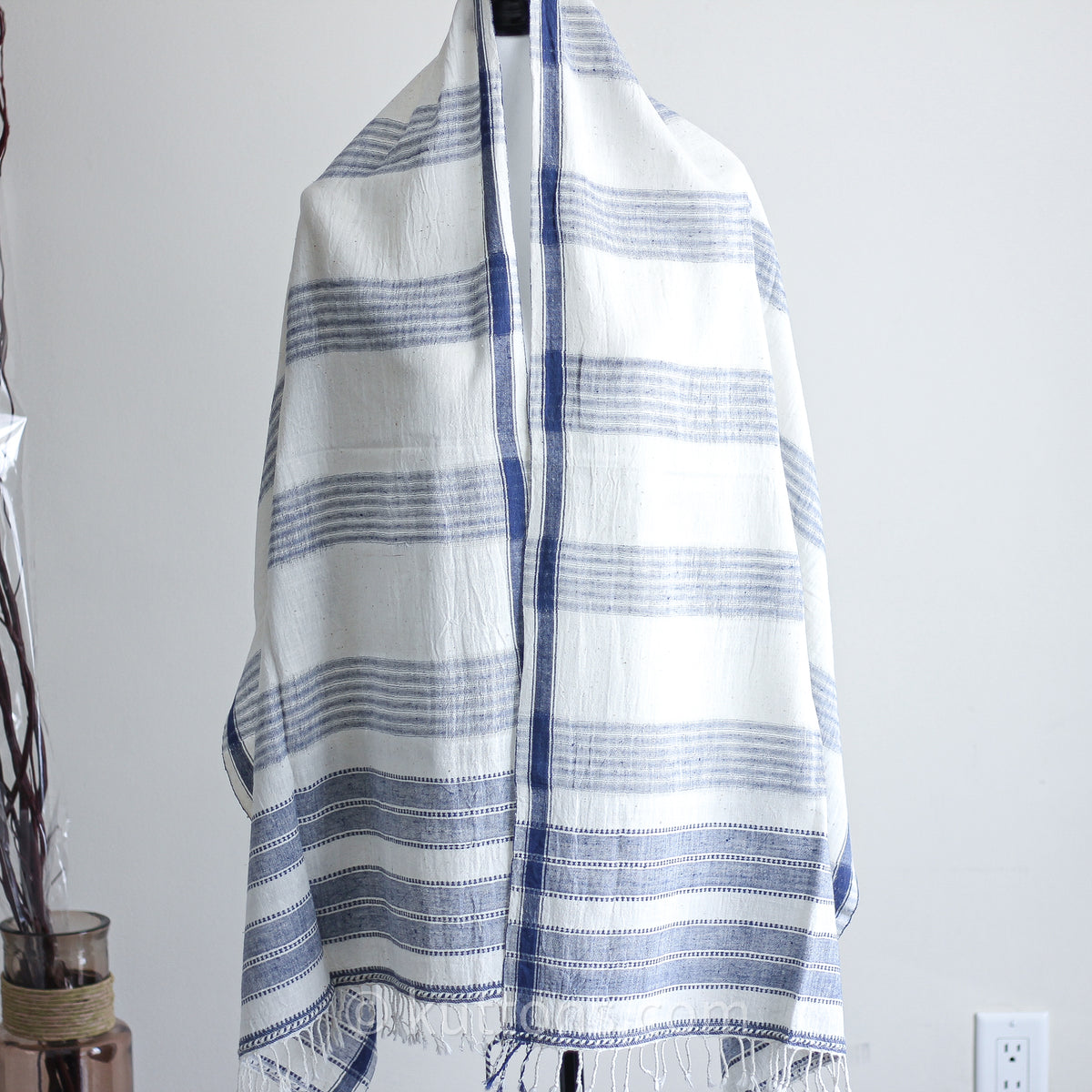
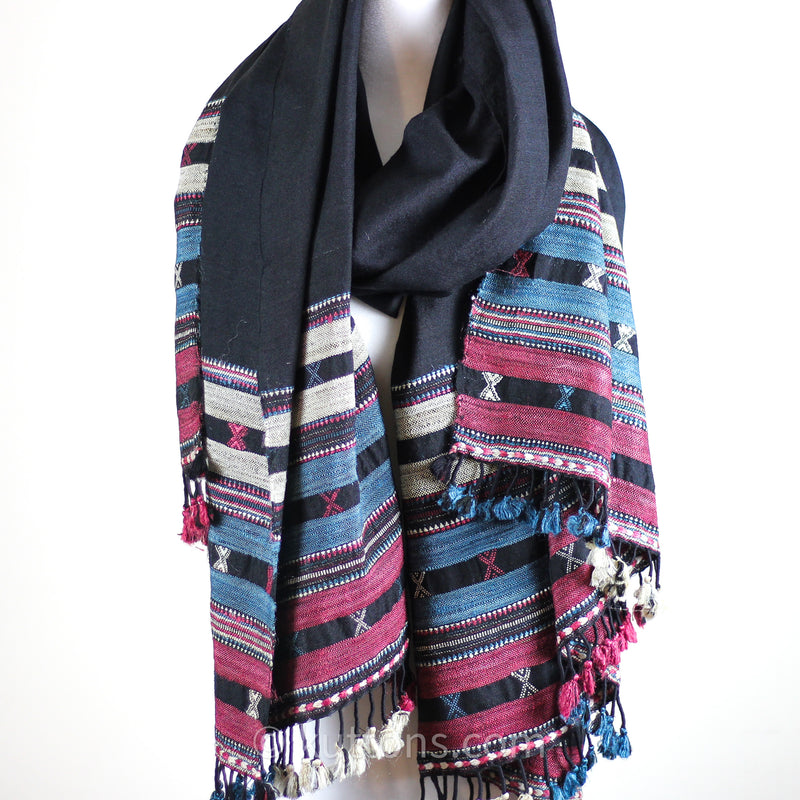
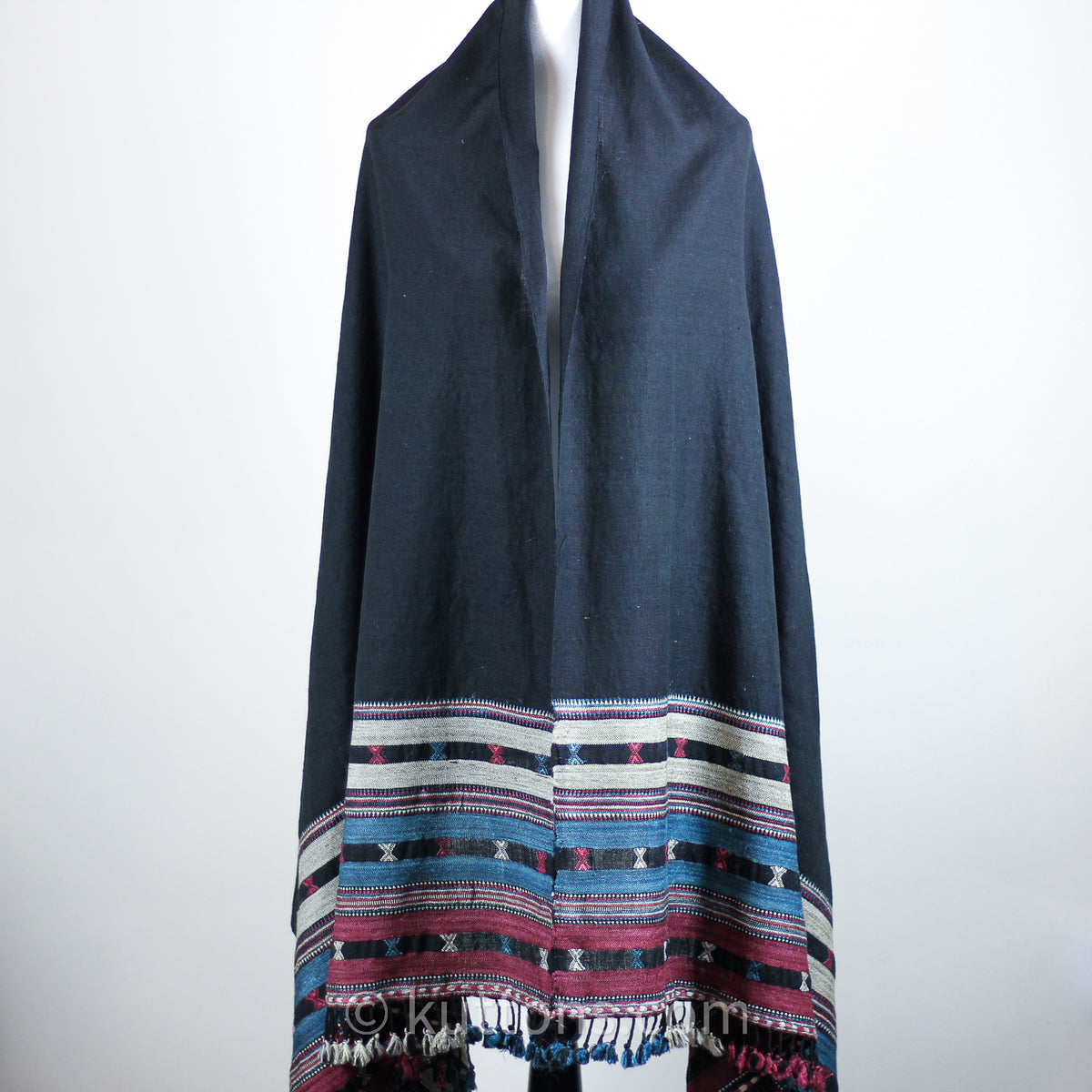
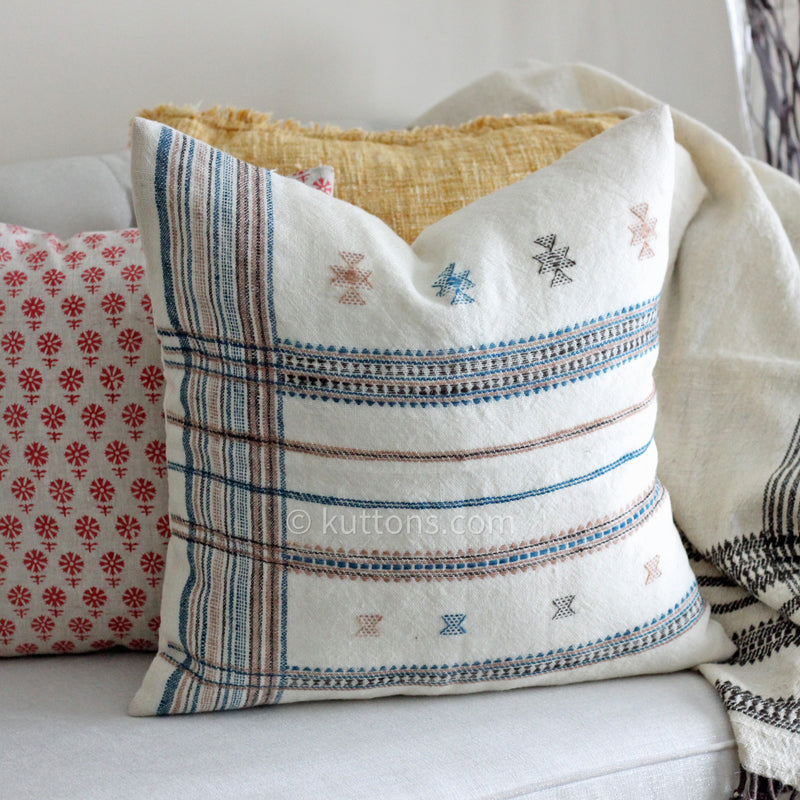

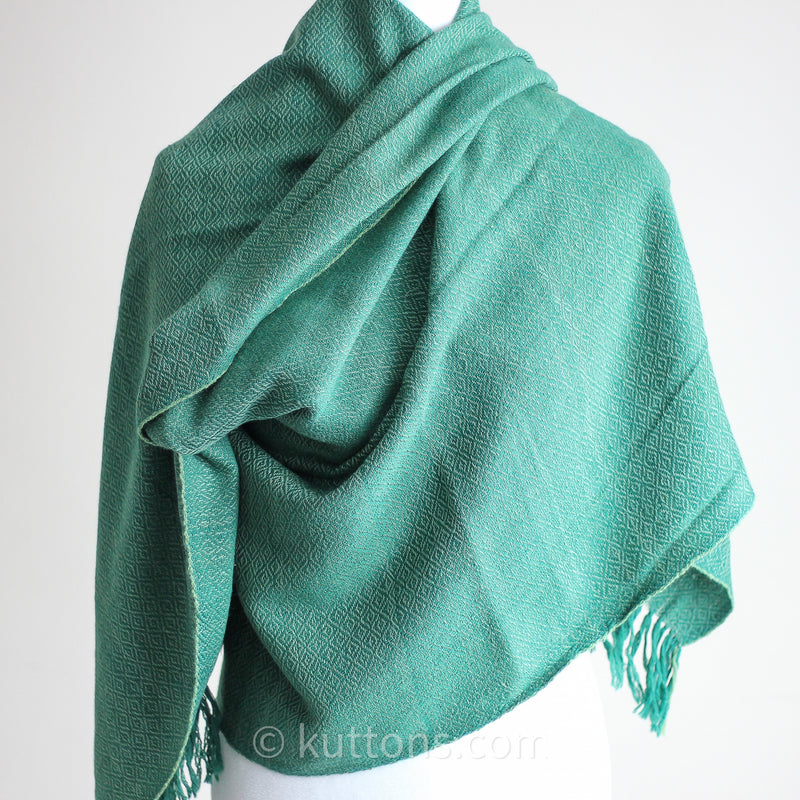

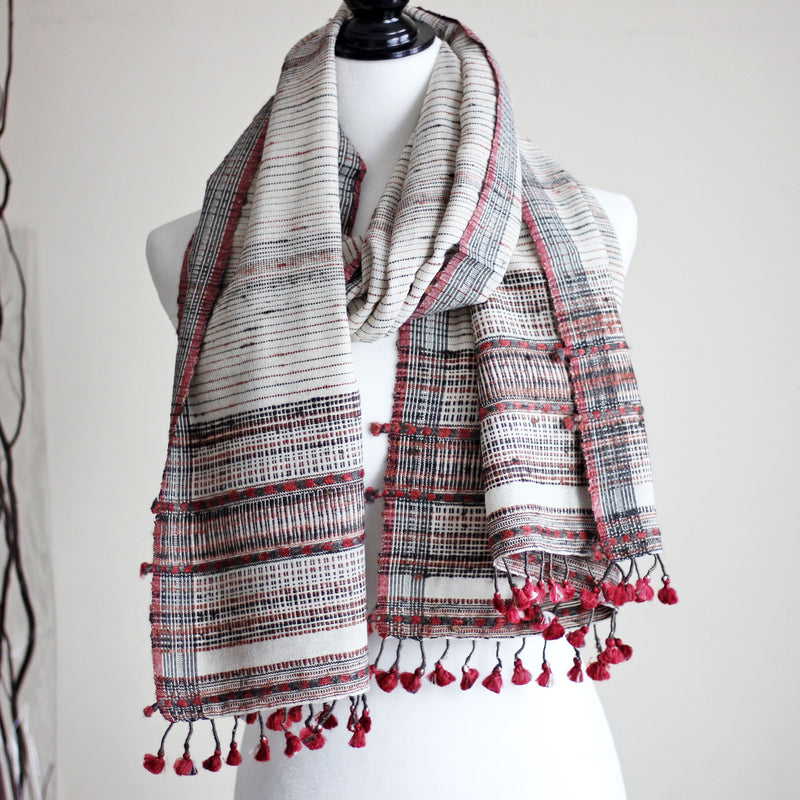
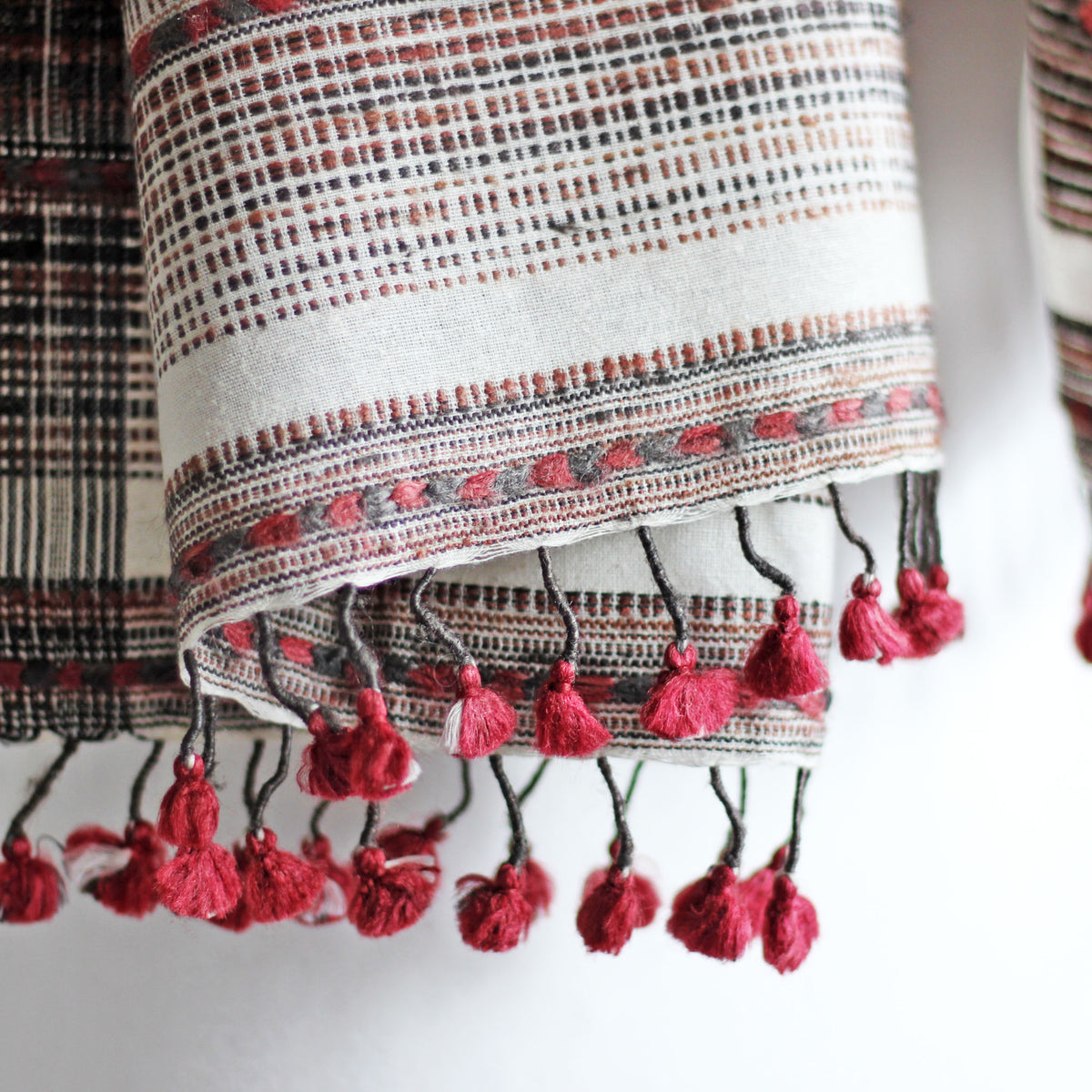
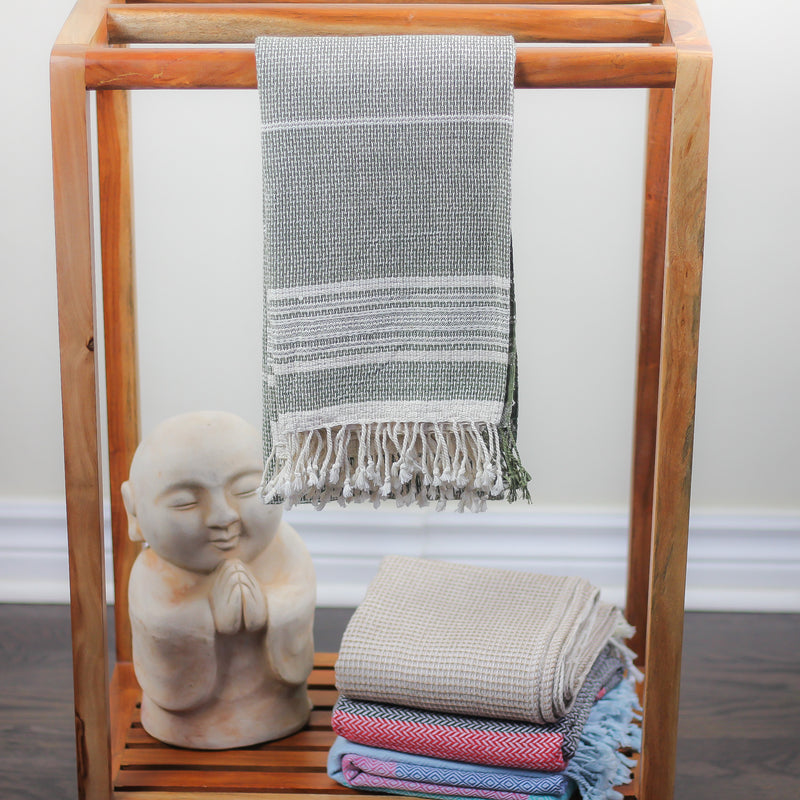

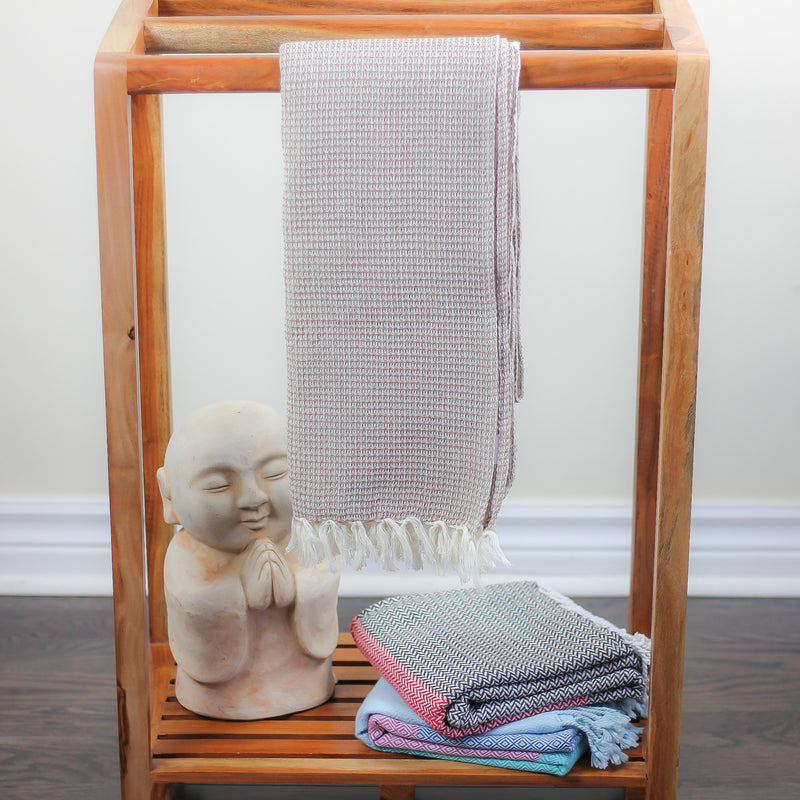
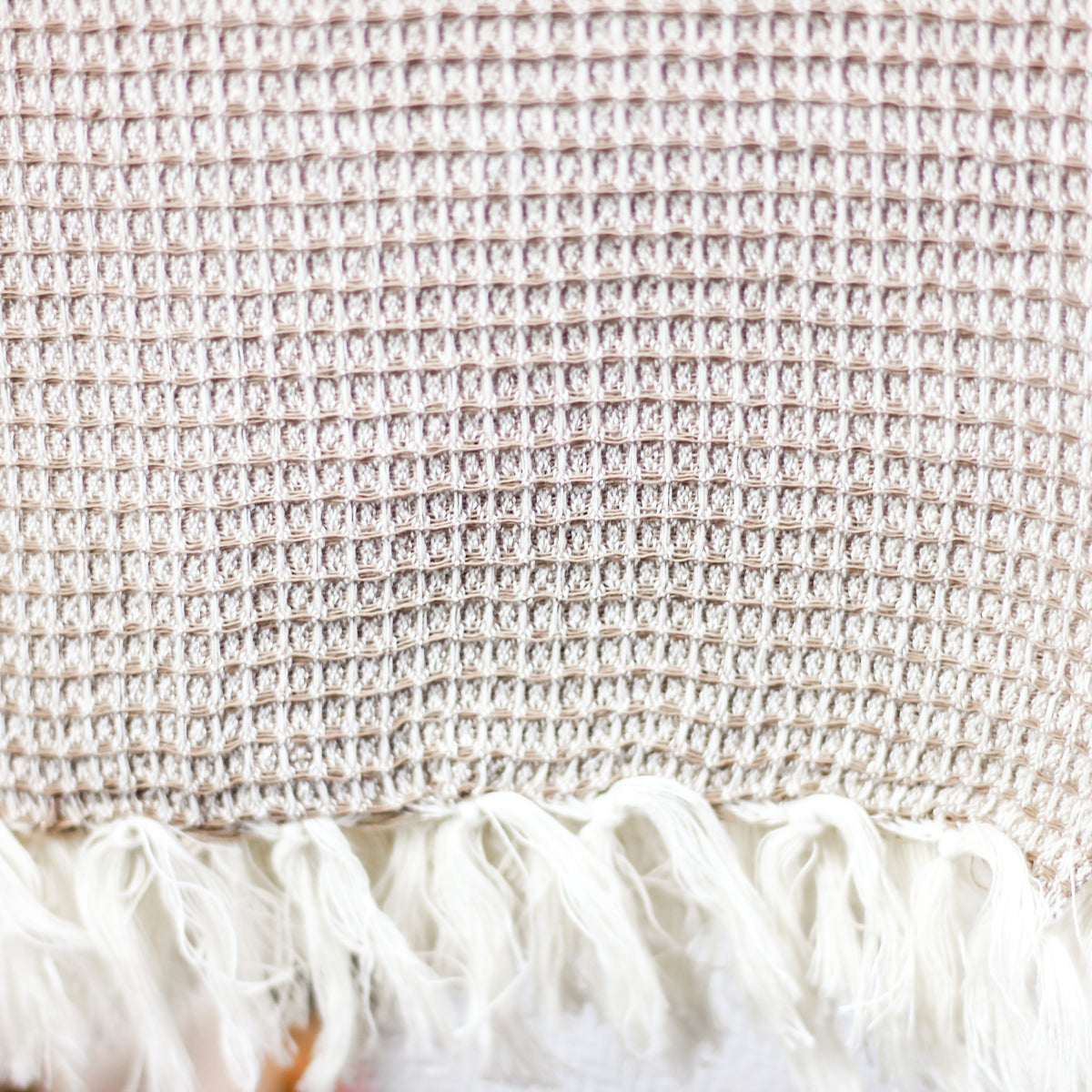

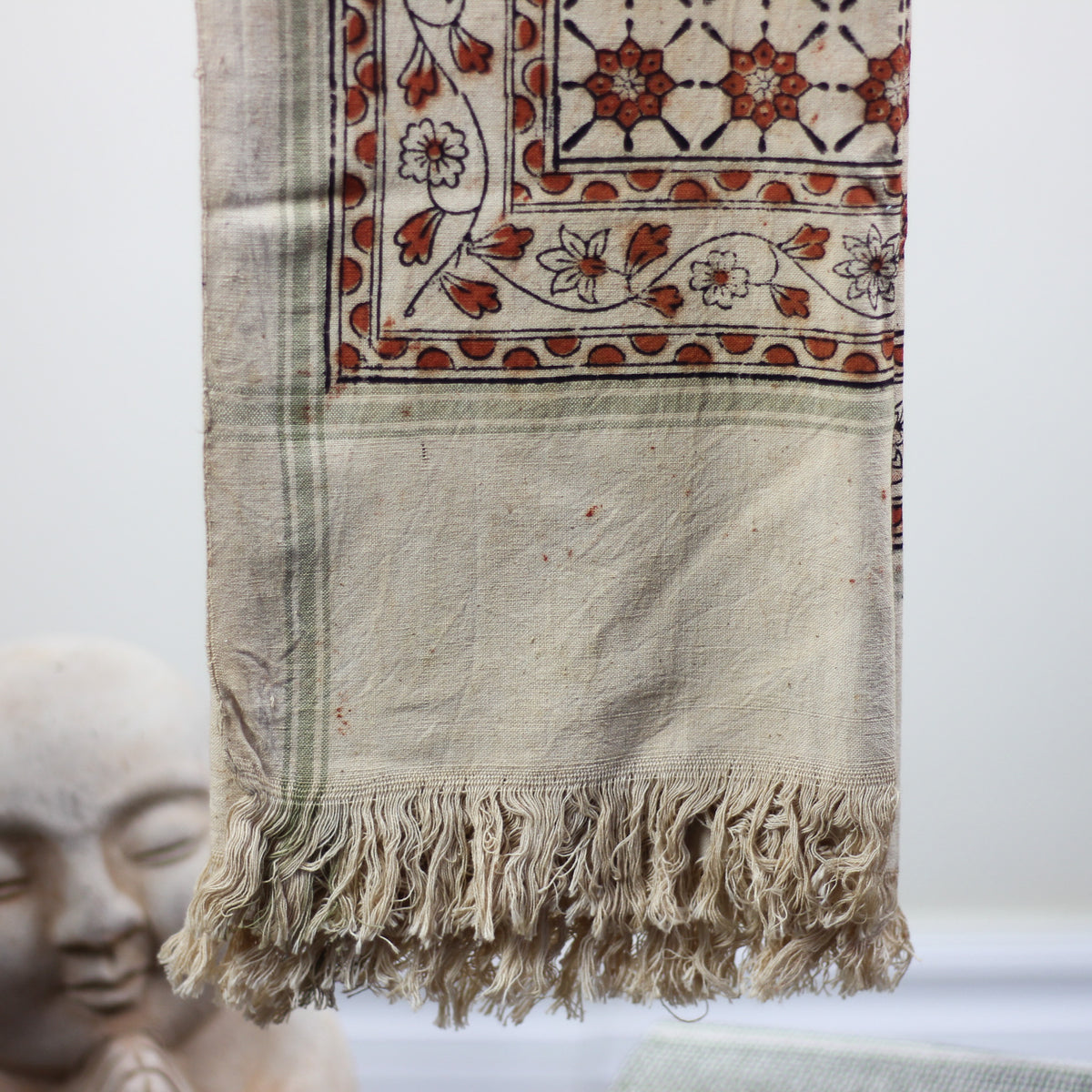
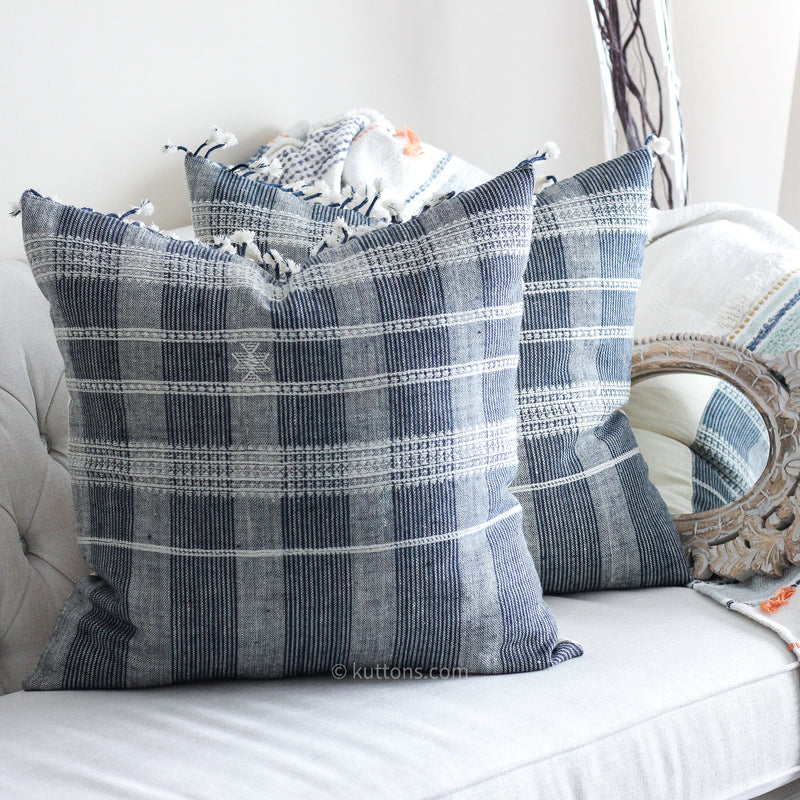

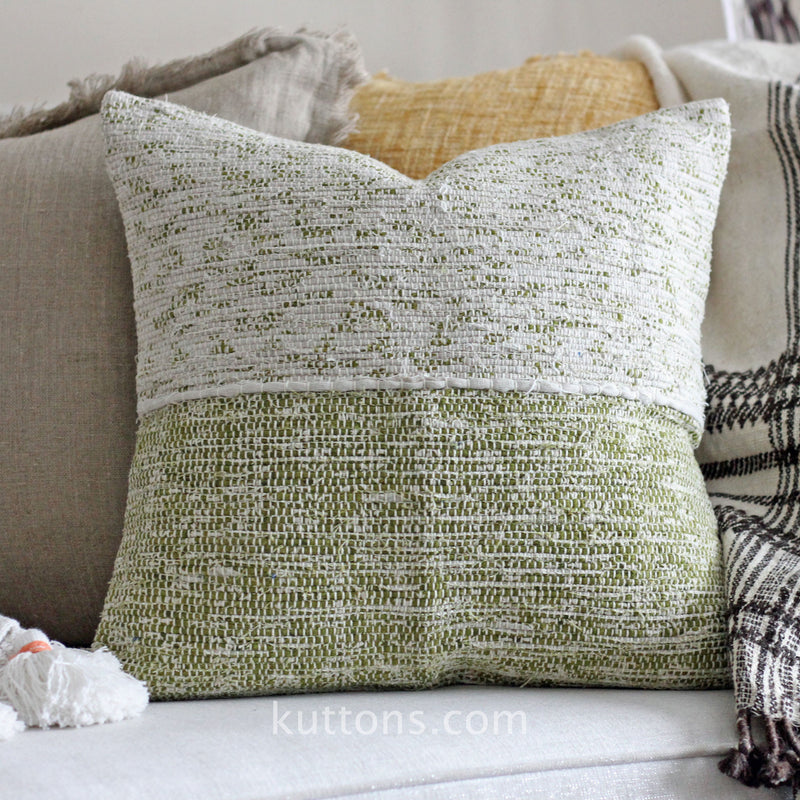
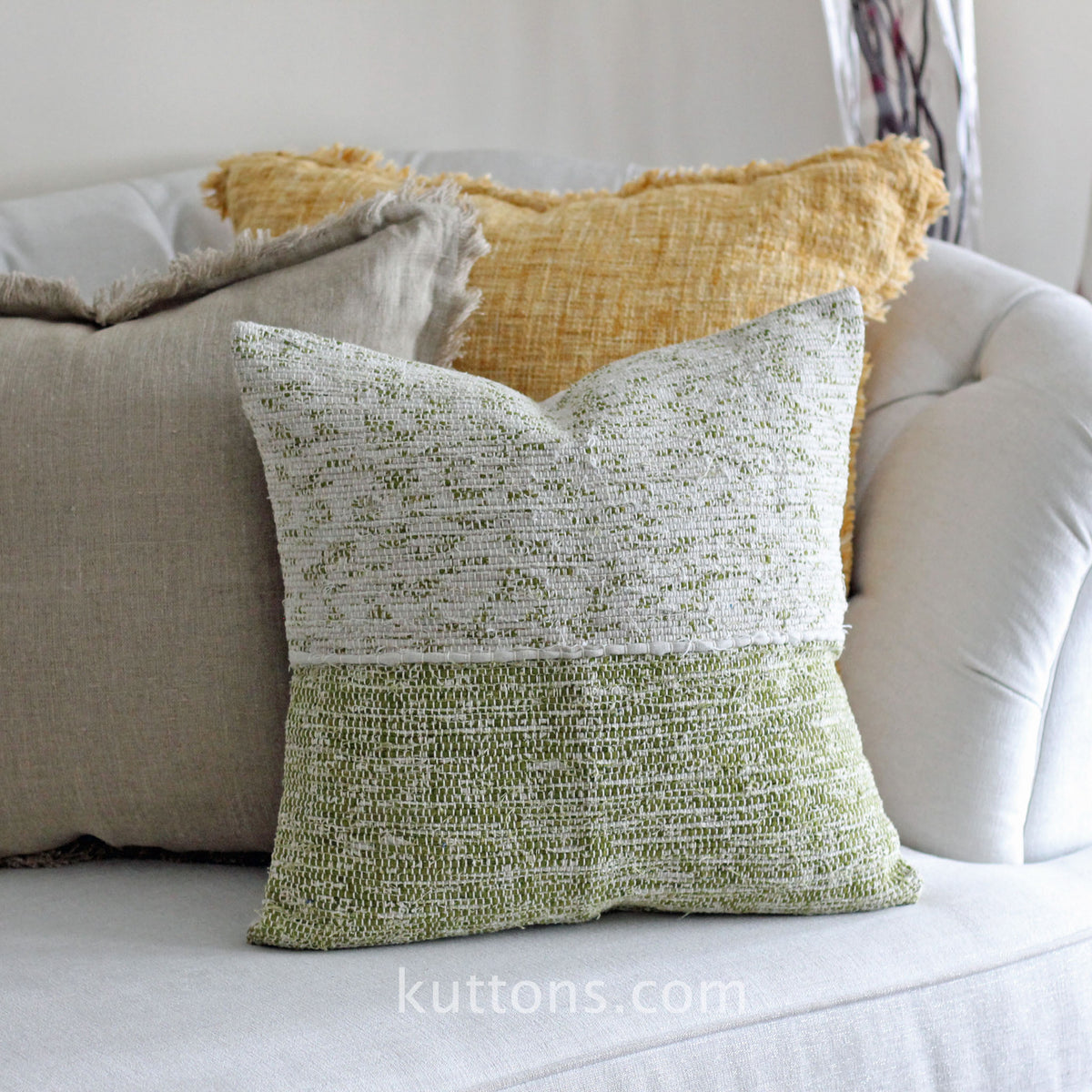
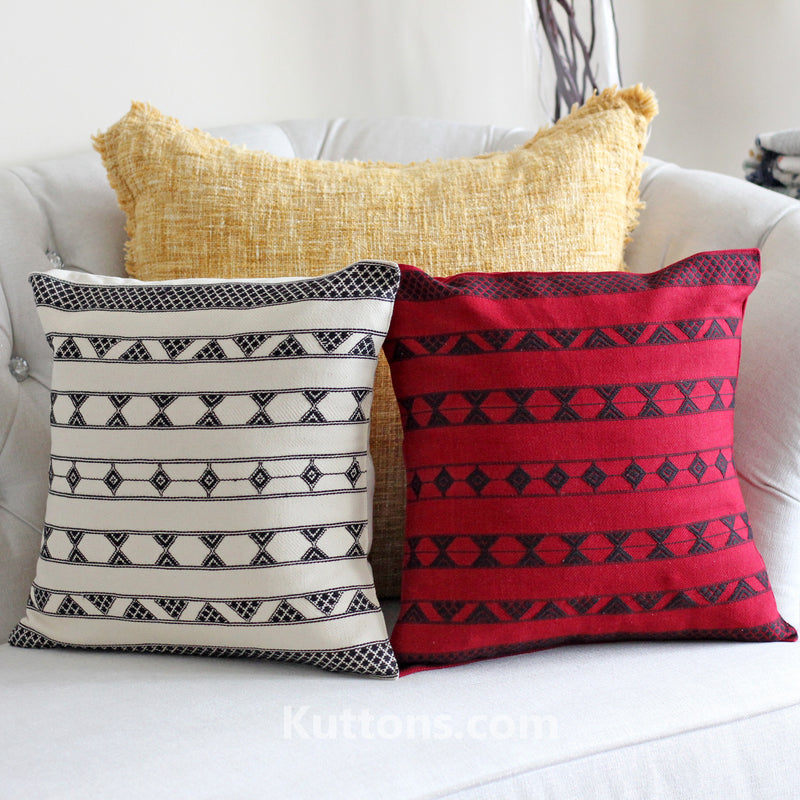
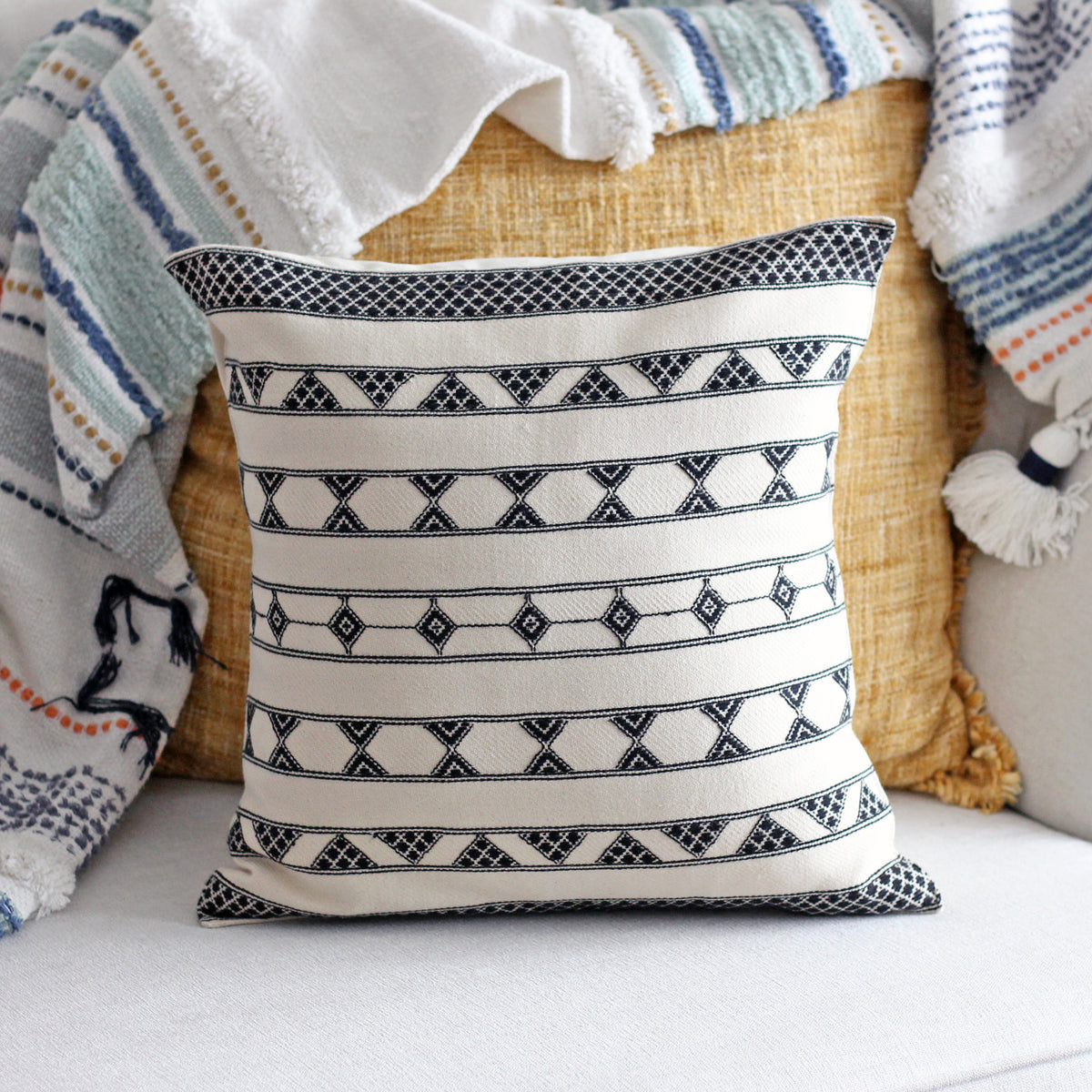
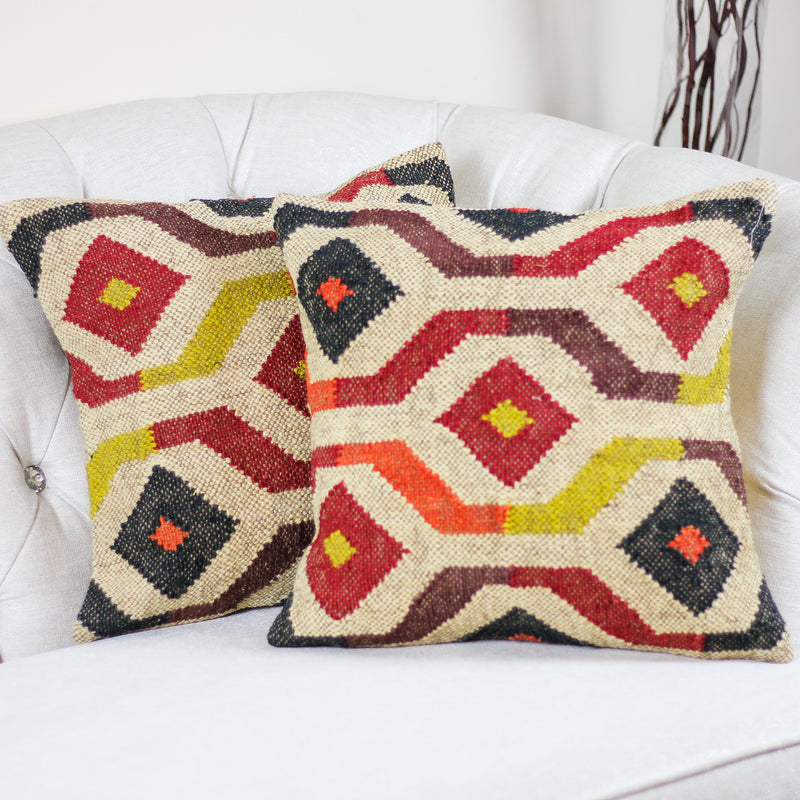
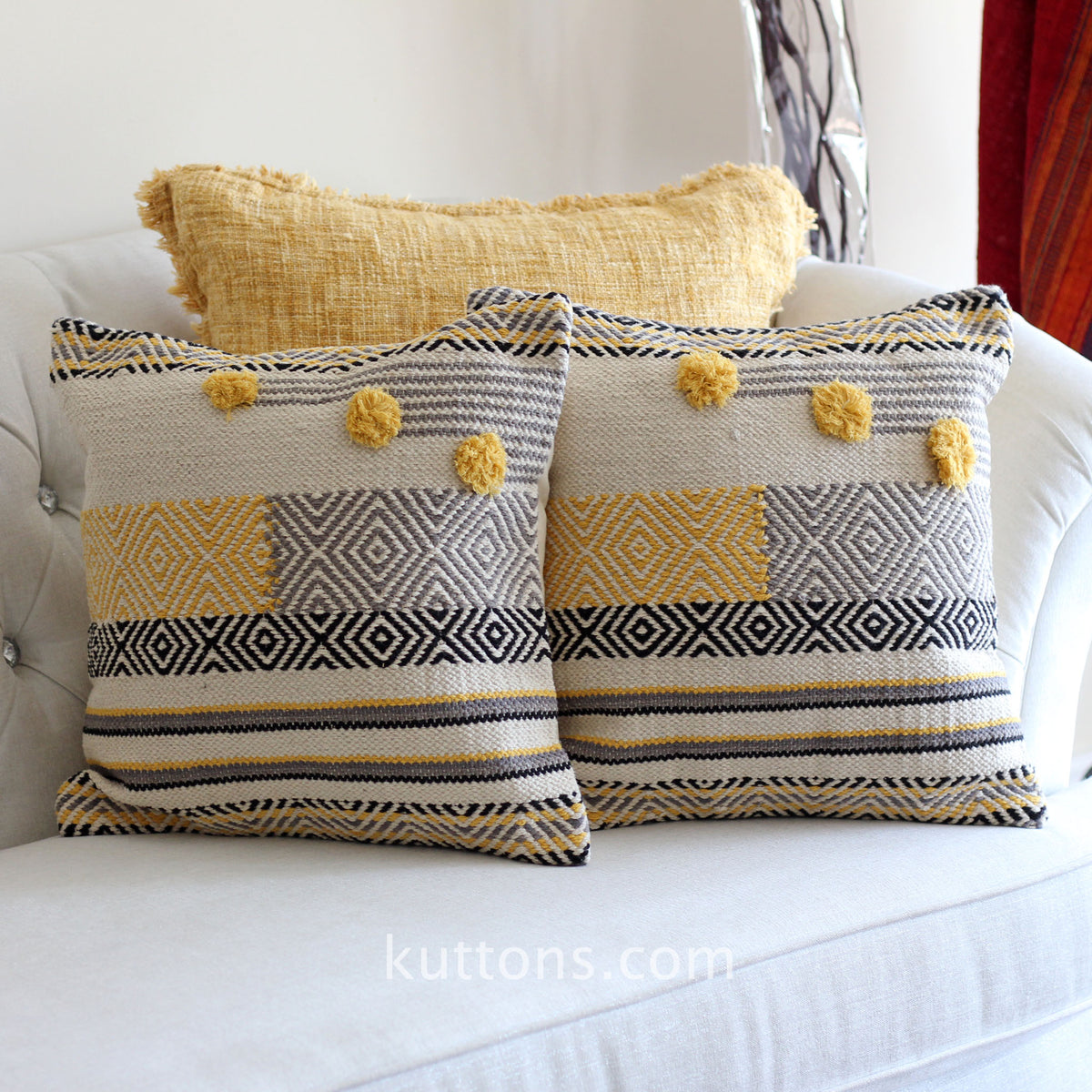


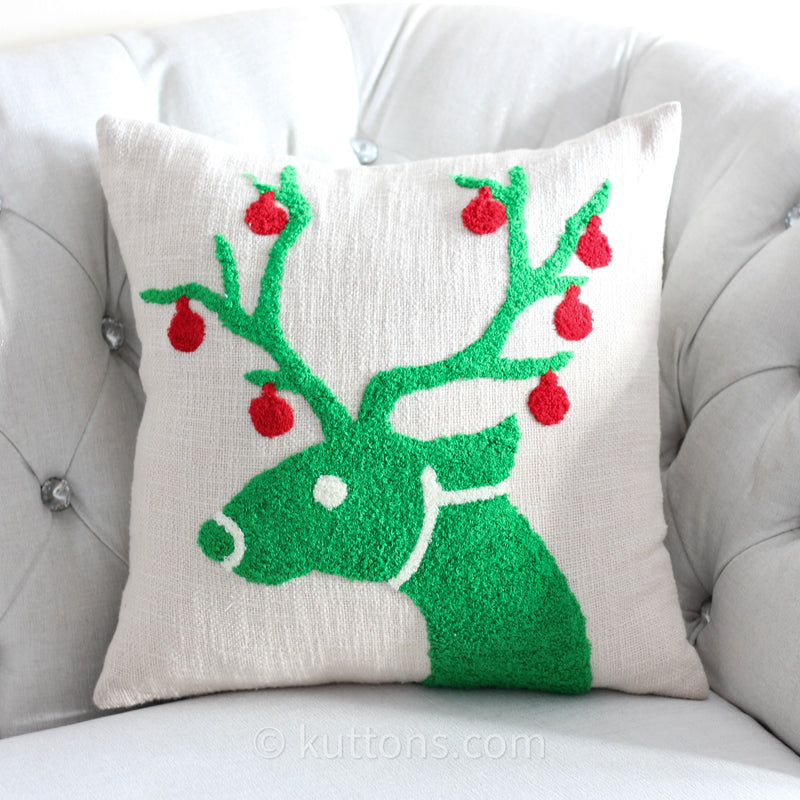
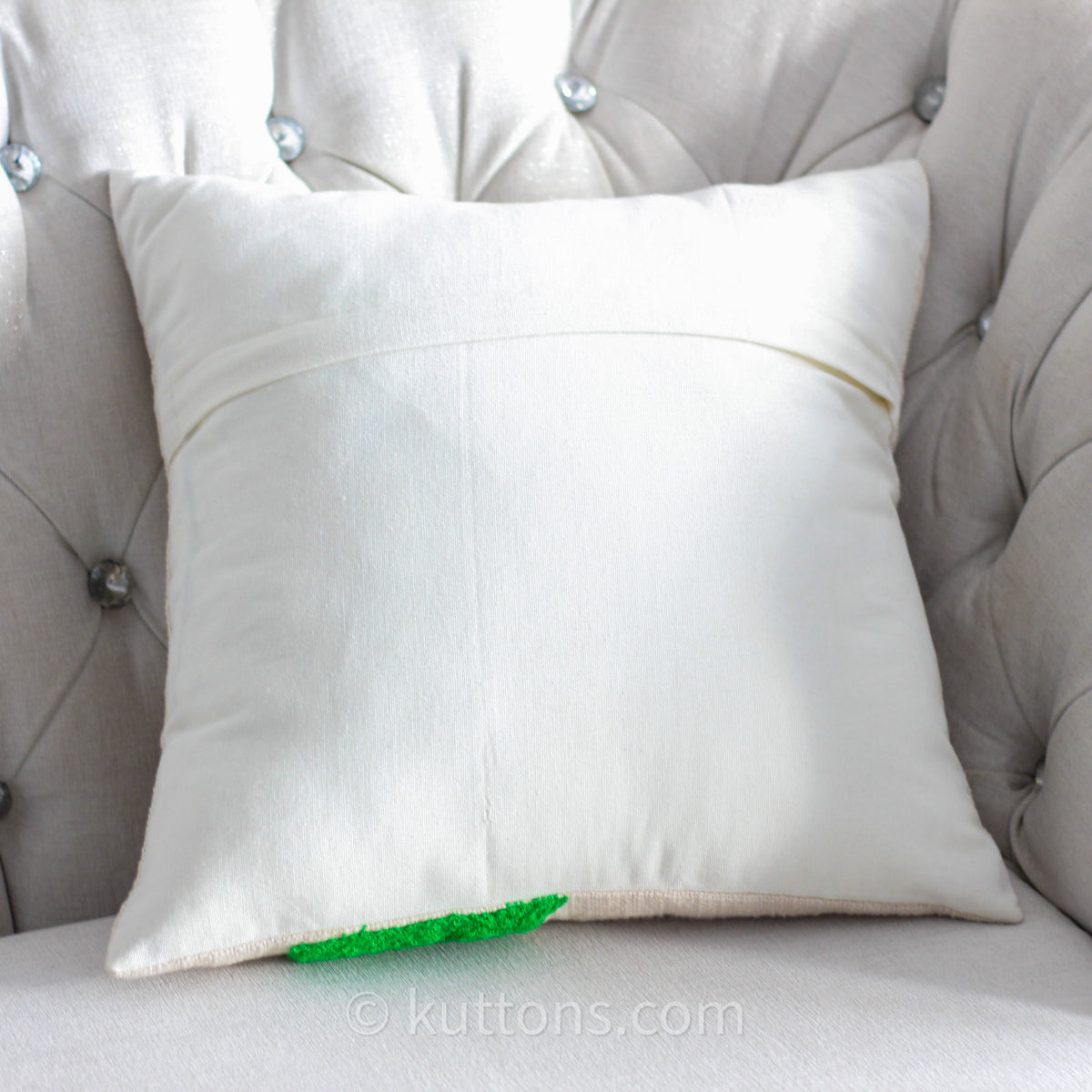
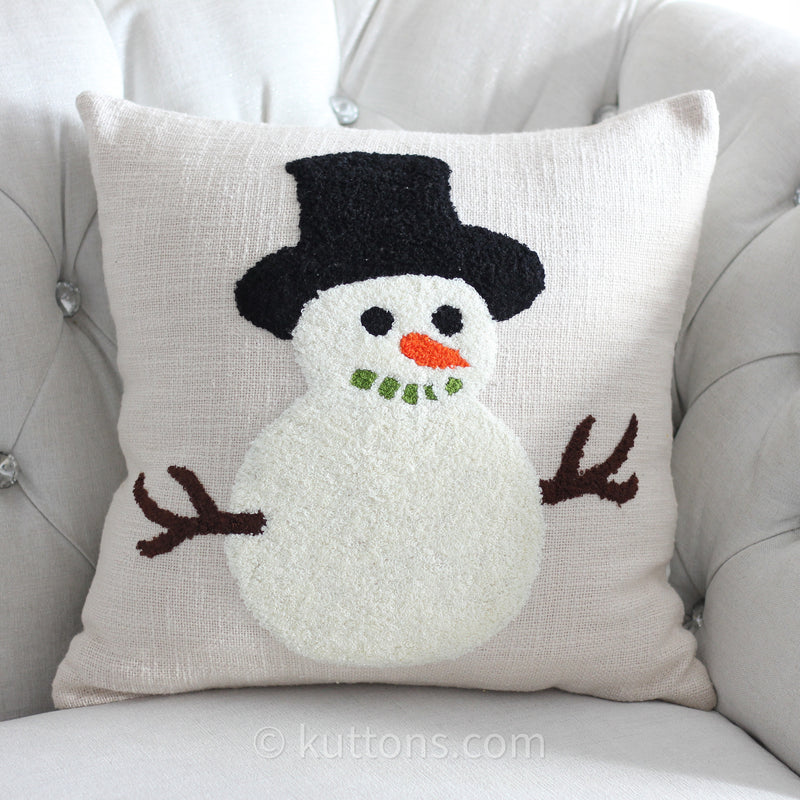
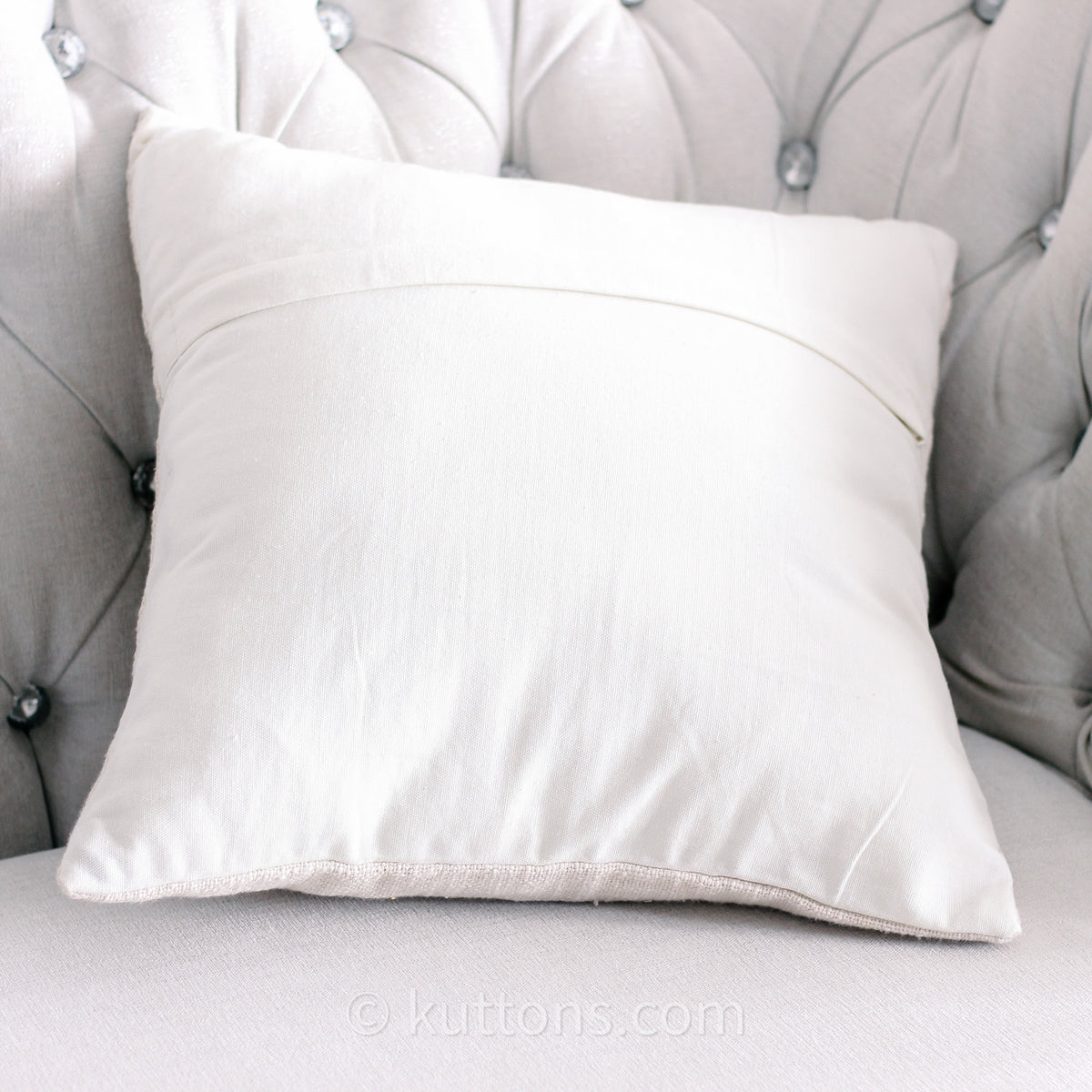
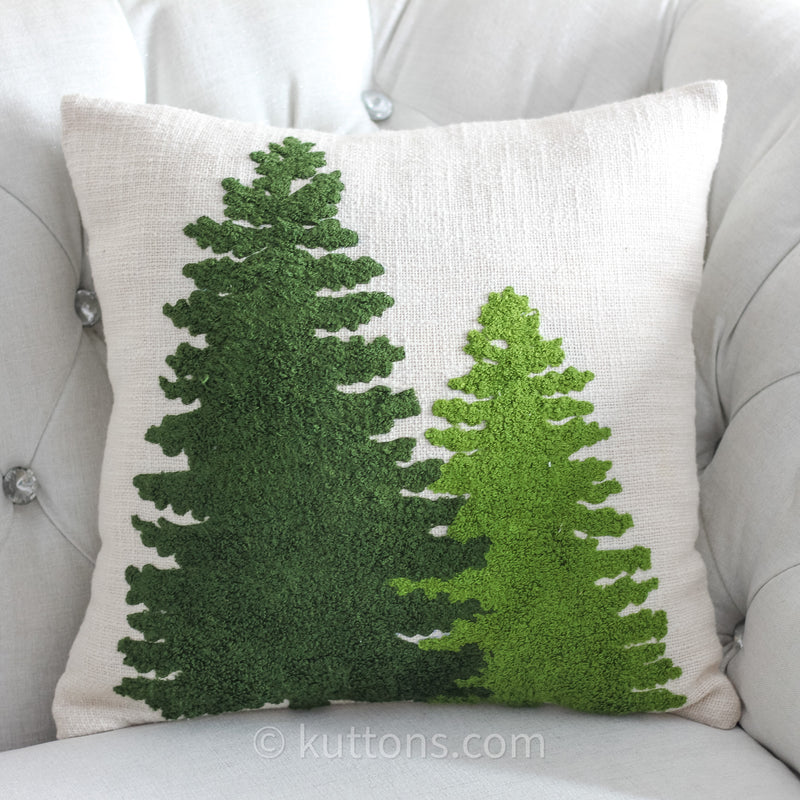
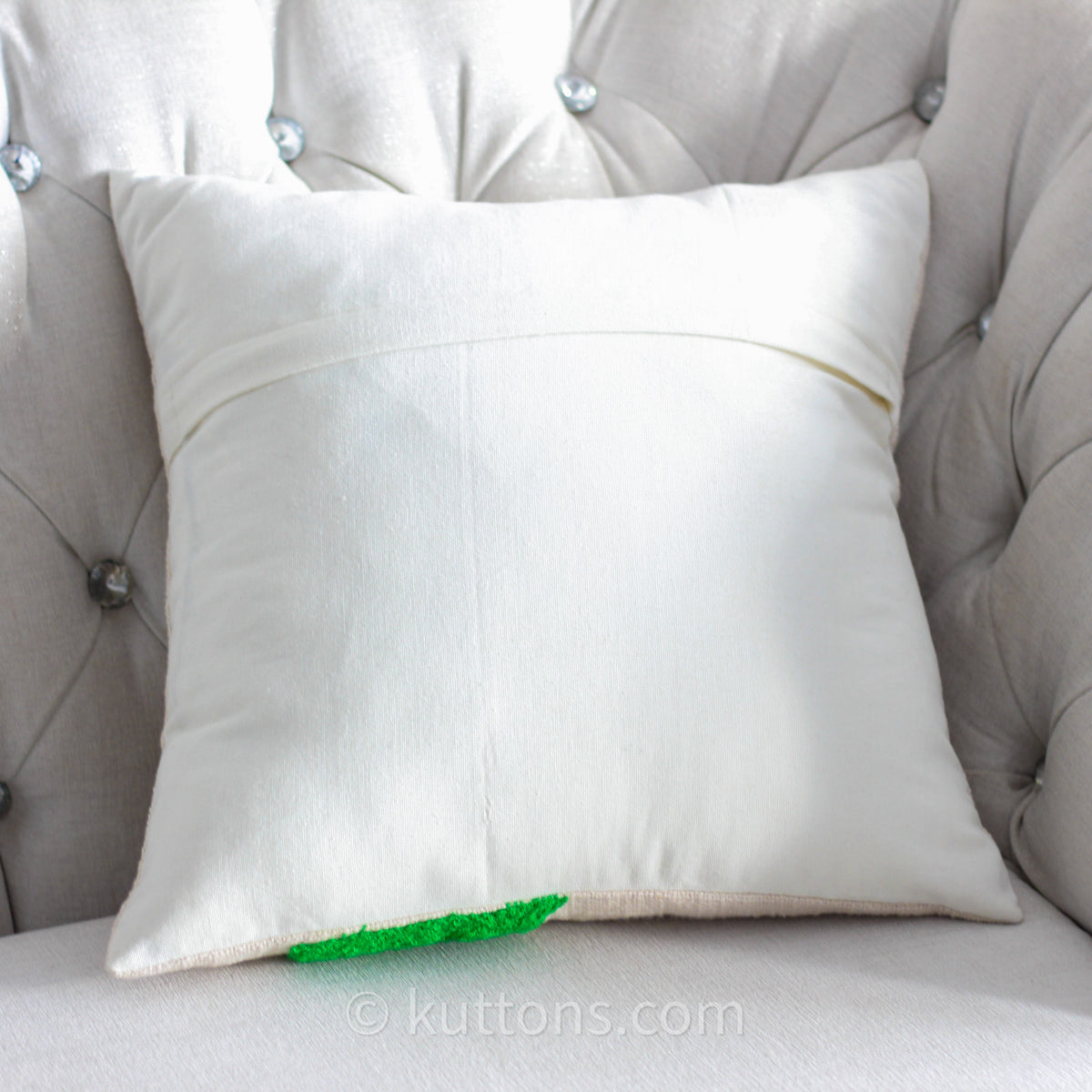
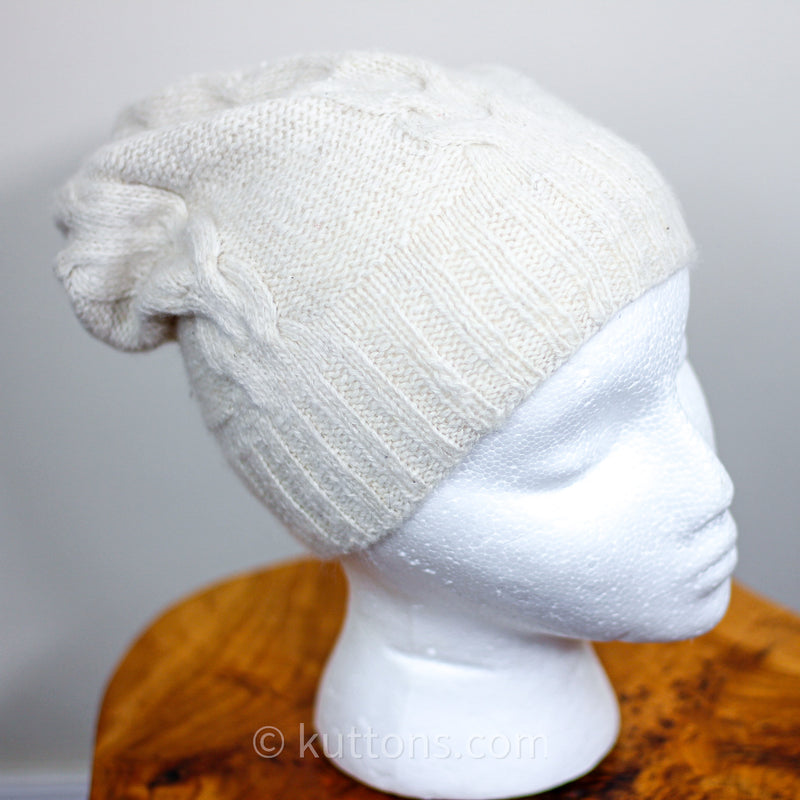
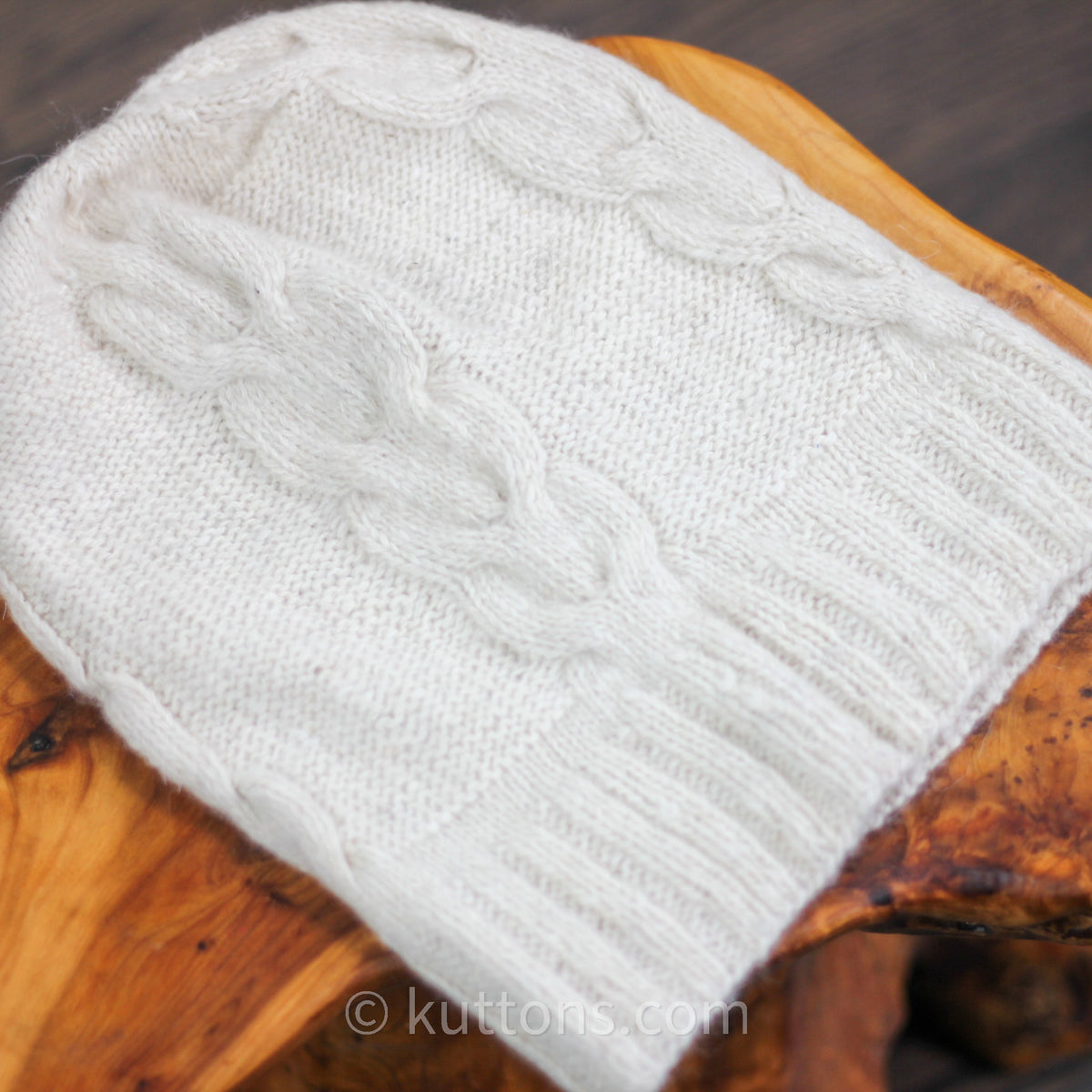

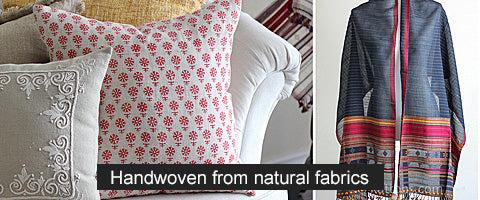
0 comments